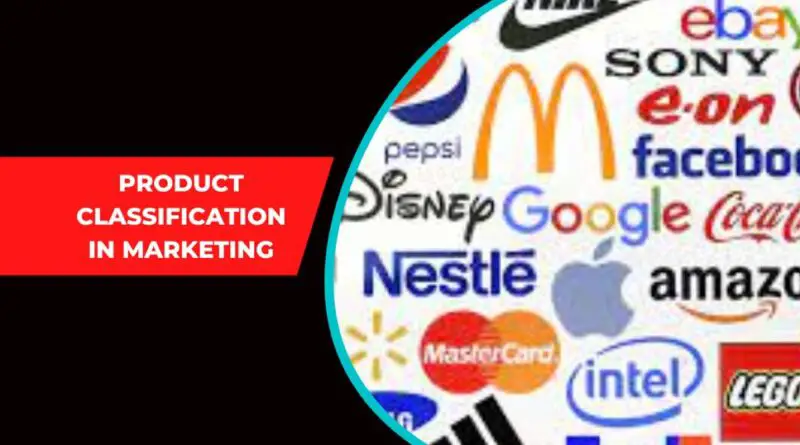Product Classification in Marketing: A Comprehensive Guide to Effective Strategies
Product classification is a fundamental aspect of marketing that helps businesses organize and analyze their product offerings. By categorizing products based on various criteria, marketers can develop effective strategies to target specific customer segments, optimize pricing and distribution, and allocate resources efficiently. In this blog post, we will explore the importance of product classification in marketing and discuss various methods and frameworks used to classify products.
Importance of Product Classification
Product classification plays a crucial role in marketing for several reasons. Firstly, it helps businesses understand their product mix and identify gaps or overlaps in their offerings. By analyzing the classification of products, marketers can identify opportunities for product line extensions or diversification. Moreover, product classification aids in market segmentation, allowing businesses to tailor their marketing efforts to different customer groups based on their preferences and needs.
Secondly, product classification assists in pricing strategies. Different product categories may warrant different pricing approaches, such as premium pricing for luxury goods or penetration pricing for new products. By classifying products, marketers can determine appropriate pricing strategies that align with the perceived value of each category.
Lastly, product classification guides distribution decisions. Products that fall into different categories may require different distribution channels or approaches. For instance, perishable goods may require a shorter distribution timeline, while durable goods may need a more extensive network. By classifying products, marketers can ensure efficient distribution and reach their target customers effectively.

Methods of Product Classification
There are various methods and frameworks used to classify products in marketing. Here are three commonly employed methods:
a. Consumer Goods Classification
Consumer goods are often classified into four categories: convenience goods, shopping goods, specialty goods, and unsought goods.
Convenience goods, being everyday necessities, require widespread distribution and availability to ensure easy access for consumers. Marketing efforts for convenience goods often focus on brand loyalty and repeat purchases.
Shopping goods are products that consumers compare and evaluate before making a purchase, like clothing.
Specialty goods are unique products with specific characteristics, such as luxury watches.
Unsought goods are products that consumers do not actively seek, like burial insurance.
b. Business Goods Classification
Business goods, also known as industrial goods, can be classified into three categories: raw materials and components, capital goods, and supplies and services.
Raw materials and components are used in the production process, while capital goods are long-term investments, such as machinery.
Supplies and services include items like maintenance and repair services.
c. Product Life Cycle Classification
Products can also be classified based on their stage in the product life cycle (PLC). The PLC has four stages: introduction, growth, maturity, and decline. This classification helps marketers understand the characteristics and challenges associated with each stage, allowing them to develop appropriate marketing strategies accordingly.
Benefits and Challenges of Product Classification
Effective product classification offers several benefits, including enhanced marketing strategy development, improved resource allocation, and streamlined product management. By categorizing products, businesses can focus their marketing efforts and resources on the most profitable categories. Additionally, product classification facilitates market research and analysis, enabling marketers to identify trends and opportunities within each product category.
However, product classification also poses certain challenges. Classifying products accurately can be complex, especially when products have multiple attributes or cater to diverse customer segments. Furthermore, products may evolve over time, requiring periodic reclassification. Overreliance on product classification can also lead to oversimplification, potentially overlooking unique characteristics or customer preferences within a category.
Conclusion
Product classification is a crucial strategy in marketing that enables businesses to effectively manage their product portfolio, target specific customer segments, and allocate resources efficiently. By employing various classification methods and frameworks, marketers can gain valuable insights into their product offerings and develop strategies that drive success in the market. Understanding the importance of product classification and its implementation is essential for businesses aiming to stay competitive and meet the evolving needs of their customers.



